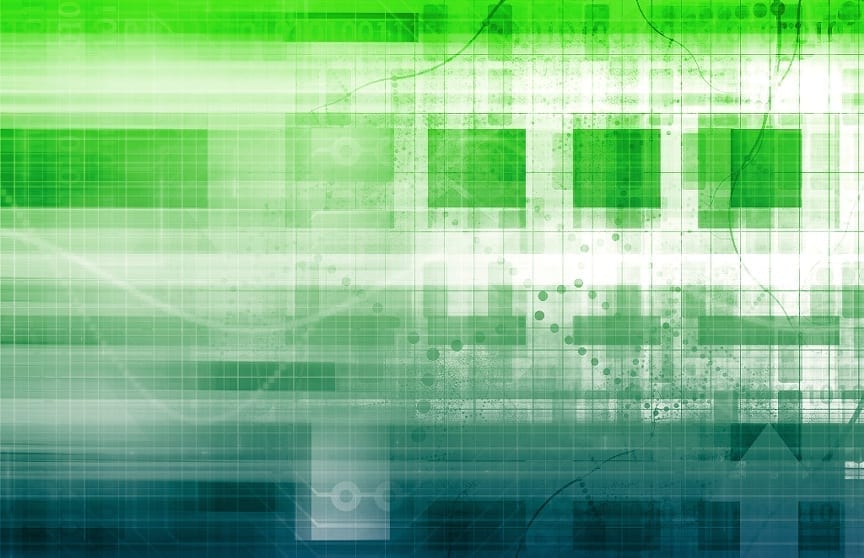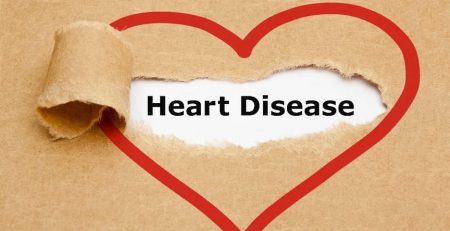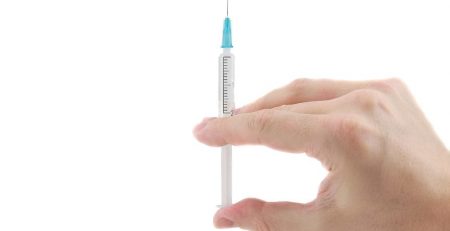Is DNA the new way to store data?
We all thought it was great when ten years ago all of a sudden our new found mp3 player could store 3000 songs. What we have always been missing is one of the biggest and most complex hard drives ever is already owned by every human alive. Our DNA has naturally stored tens to hundreds of thousands of years worth of life information, ranging from physical traits to behavioral information. In addition DNA can last for tens of thousands of years as long as it is stored in a cool dark place. This was proven by the discovery of a woolly mammoth DNA discovered previously.
Now scientists have begun the next evolution into digital data storage, DNA. The works was released in the Journal “Nature” on January 23rd. It all started one night over a beer when Nick Goldman and Ewan Birey of the European Bioinformatics Institute were discussing the continual problem of data storage. It seems every couple years we switch technologies and while improving, none seem to be perfect. Well, what if nature already perfected the ultimate data storage? Its running through our veins and every bit of us, in the form of DNA. The information can last for tens of thousands of years, takes up almost no space and doesn’t require electricity to maintain the storage.
The scientists began to plan out a way to try and translate the binary code that exists into DNA, which is more similar to an alphabet. After finishing that, they choose a range of items from a Martin Luther King Speech, works from Shakespeare and a picture of their building. They took all of those items and encoded them into DNA letters. They then had a company by the name of Agilent create short strands of DNA to hold these items. Also an advantage of this is it has a natural RAID configuration. This means the data includes built in error checking as it has multiple copies of each piece of DNA. Despite all this, the DNA is barley an invisible speck of dust in the bottom of a test tube.
The team then took the DNA and feed it through a gene sequencing machine. Problem is the time to do this, took 2 weeks and $10,000 dollars. The real road block here is thus the technology and expense of reading the DNA. In the last eight years this technology has improved 10,000 fold, so in another five years who knows what it will look like.
This technology is certainly not feasible today, but seems to be the future.












